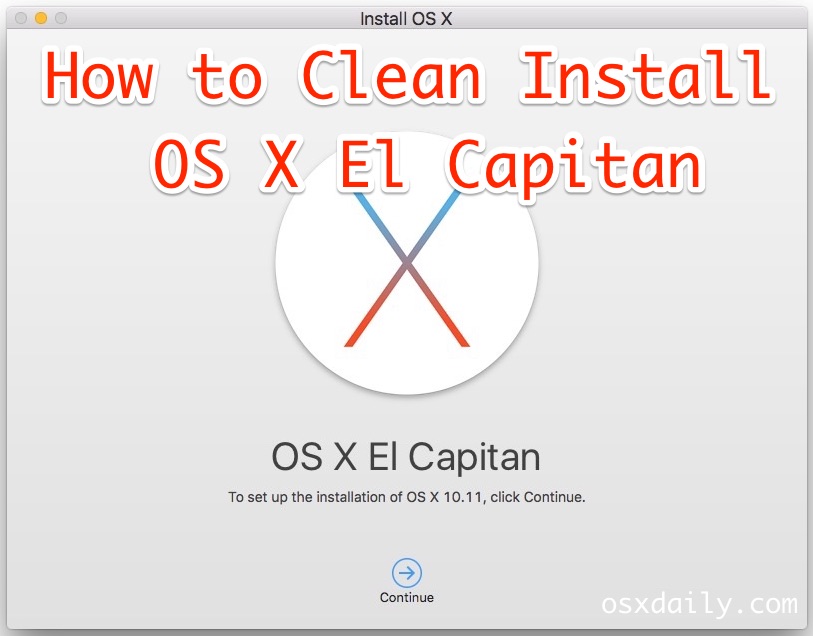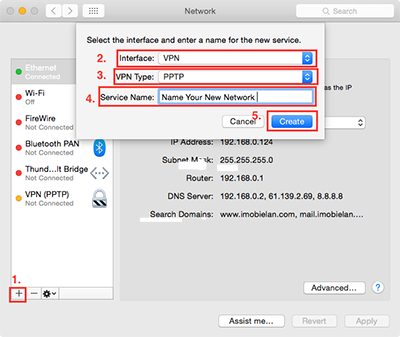Once you’ve done that, here’s how to install, reinstall, or upgrade to El Capitan, step by step: Boot from your Recovery HD partition by restarting your Mac while holding down the Command+R keys. The OS X Utilities window appears. Select Reinstall OS X, and click Continue. The OS X El Capitan splash screen appears.

Hello People, Today we are going to share information of performing hard reset on Mac OS X El Capitan. If you feel that your Macbook is too slow? or freezes too often while in use or keeps getting an error message due to software crash or has a problem with a forever loading time, we would like to recommend you to perform hard reset. Hard Reset is to restore your Mac to its factory settings, therefore you can feel that your Mac gets much more faster after hard resetting. There is one important thing to do before performing hard reset is to make a back-up file. Please make a back-up file, if you want to keep your data. All of your data will be erased. However, if you are ready let’s get it started!
I'm unable to complete the installation of El Capitan. I only have the HD & RAM memory installed (no battery). Other Mac OS-X Versions are installing OK (even Windows). But, when I try to upgrade to El Capitan it never finishes the update. Also, it will not install via USB thumb drive. I have tried everything! Then I used TransMac with an El Capitan image, restored the image to a USB drive in an attempt to boot into recovery mode and install using the new image onto the new SSD, which fails to work. Firstly, it won’t boot into recovery mode, I’m guessing it’s because there is no recovery mode available as it was on the old HDD and this older.
El Capitan Won't Install
Step 01. Shut Down your Mac.
Step 02. Press and Hold the Command + R keys at the same time and Turn your Macbook on while holding down the Command + R keys.
Step 03. Release all keys when the Apple logo appears on the screen.

El Capitan Installer Won't Open
Step 04. Click on the Wi-Fi signal icon which is located in the right side top corner. Connect to the network to download El-Capitan operating system software.
Step 05. Now we are going to format a hard drive. Select Disk Utility and click on Continue.
Step 06. Select your hard drive and then click on Erase. It will ask you to format the hard drive to confirm. Click Yes.
Step 07. Click on Done button when it’s done. Close the Disk utility windows and go back to the recovery mode.
Step 08. Now we are going to install Mac OS X El Capitan. Select Reinstall OS X in the Recovery Mode.
Step 09. Click Continue when the OS X installer comes up. It will ask to select Agree or Disagree few times. Click on Agree or Continue on all selections.

Step 10. When the installing process is done, you need to configure settings. Now it’s done!
Installing El Capiton on an old Mac Book Pro today, I received the error:
OS X could not be installed on your computer
No packages were eligible for install. Contact the software manufacturer for assistance.

Quit the installer to restart your computer and try again.
I checked Apple’s support Matrix (it is a very old macbook pro) at https://support.apple.com/kb/SP728?locale=en_GB and it was listed as supported.
After lots of Googling and investigation, I discovered that the date and time were not set to current, the macbook thought it was year 2000.
You can easily reset the time and date by following the steps below:
- Click Utilities on the menu bar
- Select Terminal
- Type date
- Confirm the date is wrong
- Type date 062112422016 (example: June 21st 12:42 2016)
- Exit terminal
- Click Restart
Once the Date and time are configured you will be able to install OS X.
Mac Os X El Capitan Won't Install
Easy fix, for a ridiculous error!



